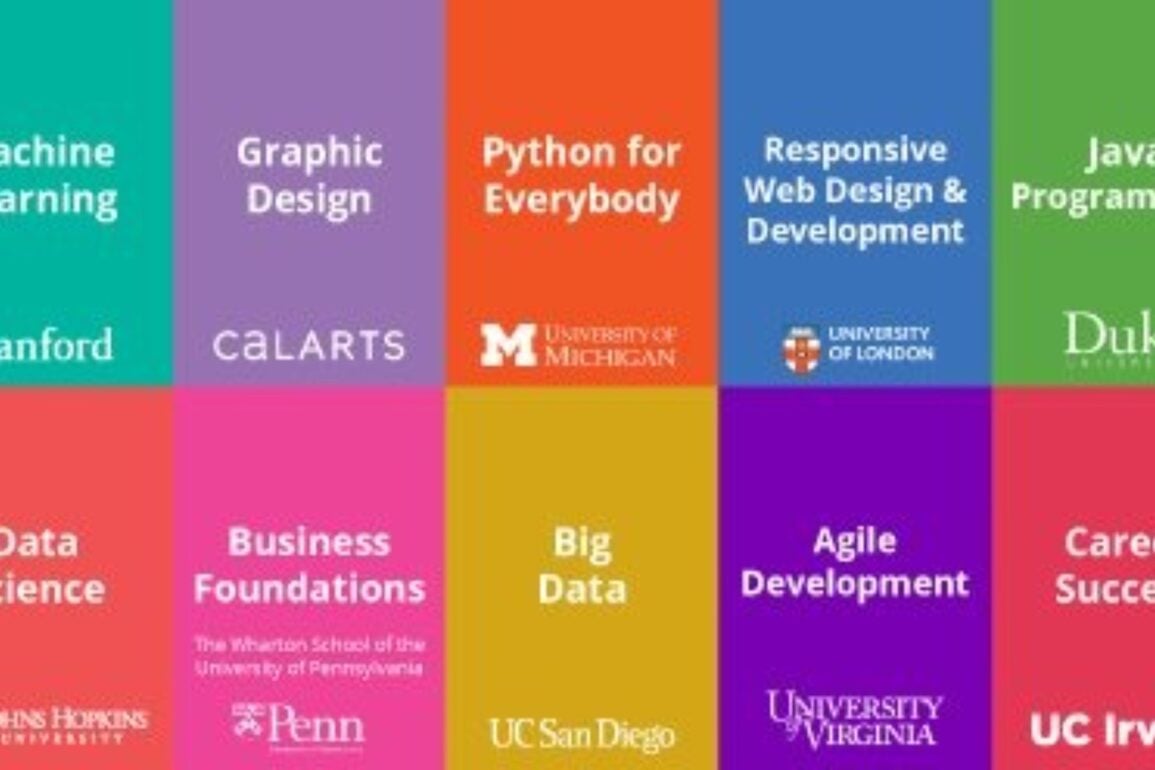- In this article, we tell you why its important to not just get an education on trading, but how to get a verifiable and certified certificate.
Many trusted platforms and financial institutions provide detailed, high-quality courses for free, and many of them end with a certificate of completion that can be verified. This approach lets those who want to become traders learn more about money, technical analysis, and risk management without having to pay for classes.
This article discusses how those who want to become traders can start this path without investing any money. It combines basic learning with real-life application to make them ready for the real world.
Where to Get Free Trading Education
A tailored strategy is the key to getting a free, accredited trading education that works. You should look for educational material providers that give free audit tracks, as well as platforms whose revenue models are based on your education. This includes major brokerage firms, FinTech, and educational content suppliers.
Brokerage Firm Academies
To get new clients, the best online brokers and financial companies spend a lot of money on educational content. Their academies are typically the best places to learn skills for free that are also useful in the real world.
- Zerodha Varsity: This platform is a great example because it has a module-based curriculum. The curriculum goes into great detail on everything from the very beginnings of the stock market and fundamental analysis to more complex topics like options trading and technical indicators. The content is organized in a way that makes sense, and finance specialists wrote it. Importantly, after finishing the modules, students can take the exam to acquire a valid online certificate through Varsity’s “Certified” program. This certificate is a powerful, free way to improve your resume or professional networking site.
- Specialized niches demand targeted dives. Forex enthusiasts should explore AvaTrade’s Academy, a treasure trove of 200-plus minutes across modules like “Introduction to Technical Analysis” and “Trading Strategies.” Covering chart reading, support-resistance levels, and multi-asset plays from stocks to cryptos, these concise videos (15-46 minutes each) foster tactical prowess. While certificates aren’t explicitly free, the knowledge compounds exponentially when paired with their demo account for live-like practice
Ed-Tech Platforms
Providers like Coursera and Great Learning work with top institutions and businesses to deliver high-quality finance courses.
- Coursera’s Audit Track: The “Audit” option is a game-changer since it lets you take a course for free without having to pay for a formal, certified certificate from a university, such as Yale’s “Financial Markets” course. Auditing gives you free access to almost all of the main learning materials, including as texts and recordings of lectures. This is a great opportunity to learn things that are usually only taught in college for free. The education and skill set is yours regardless of whether you get the official, paid certification or not.
- Great Learning Academy: Other online schools often include free courses on Technical Analysis or Stock Market Investing that come with a Certificate of Completion when you finish the course . These certifications are a great way to demonstrate that you are serious about your field of work.
What to Study
A valuable trading certificate shows that you know a lot about four important areas of the market. Your free learning path must make sure that you really comprehend each of the following:
Foundational Financial Literacy
It is important that you get to know the market ecosystem. Find out what makes the market move, such economic statistics, central bank policy, and happenings across the world. Learn the difference between trading and investing (creating wealth over time). Stocks, bonds, exchange-traded funds (ETFs), and derivatives are all examples of essential securities.
Technical Analysis
This is the skill of understanding what the market is saying in practical terms. You need to learn how to read candlestick charts, spot patterns, and use basic indicators. Pay close attention to momentum indicators like the Relative Strength Index (RSI) and trend tracking tools like the Moving Average Convergence Divergence (MACD). Most trading techniques for the short to medium term are based on technical analysis.
Managing Risk
No amount of analysis can make up for bad risk management. This should be a big part of what you study in your free curriculum. Learn how to figure out the right position size for each trade depending on the total amount of money in your account.
Set adequate stop-loss orders to limit your losses, and understand the key concept of the risk-to-reward ratio. A certificate is just a ticket to get in; the key to staying in the markets for a long time is to manage your risks well.
Trading Psychology
Emotional control is the last pillar, and it’s typically the hardest one. A good student of trading should look for modules on the psychology of trading. Learn how to deal with anxiety, greed, and allure of FOMO (the Fear of Missing Out).
An experienced trader can keep to a clear trading plan no matter what happens, even if they go through a period of winning or losing streak. This is where specialized courses like those that teach the “Trading in the Zone” mentality can be quite helpful.
In Summary
A certificate shows that you studied the subject matter, but it doesn’t prove that you can trade. Paper trading is the last, most important, and free stage. Free practice accounts or virtual trading platforms are available from all the main brokers, allowing you to practice trading with virtual money in a real market setting.
Yes, platforms like Coursera allow you to audit university-affiliated courses, such as Yale’s “Financial Markets,” for free.
The four core pillars are Foundational Knowledge, Technical Analysis, Risk Management, and crucial Trading Psychology.
The main benefit is high-quality, practical, and professionally relevant content created by active industry expert
This article was originally published on InvestingCube.com. Republishing without permission is prohibited.


